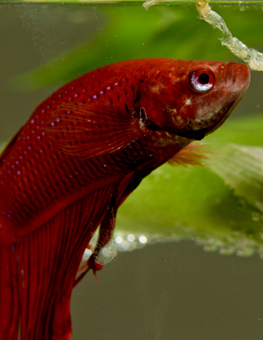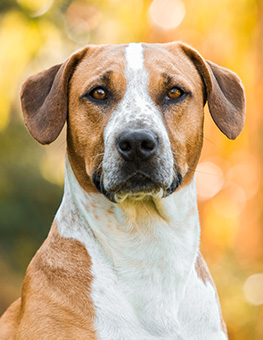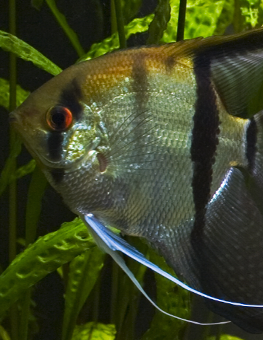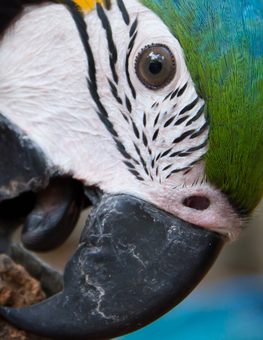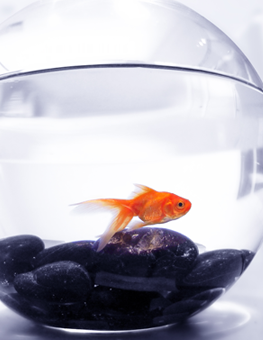Choosing Your Pet Bird
Birds are social creatures who, given proper training, can be loving lifetime companions. Many species of birds are known to have an extraordinarily long lifespan, some living as long as 100 years.
Captive versus wild bird types
As you think about what type of bird would fit best into your family, also consider the issue of captivity. Common pet bird types include finches, canaries, cockatiels, parakeets and lovebirds. These birds are considered to be domesticated — they have a long history of breeding in captivity.
Birds like toucans, conures, parrots, macaws and cockatoos do not have the same history. Although a particular bird may have been bred in captivity, these types are considered to be wild. They can be noisy, destructive and exhibit unusual behaviors. Providing an environment where they can thrive is very demanding. For this reason, it's generally best to choose a captive-bred bird strain.
What to look for
Here are some basic criteria to evaluate when choosing a bird:
- Size: a bird's size will affect the cage and environment needed for your pet
- Behavior: bird behavior varies from nervous or needy to melodious or mellow
- Noise: some birds may be merely chirpy while others are downright noisy
- Diet: some birds require hand feeding, select fruits and vegetables, or feed
- Time Commitment: the amount of attention and care needed varies across bird types
Common Captive-Bred Bird Types
Finches and Canaries: These two species are not normally handled and require very little maintenance to be happy.
- They need an average size cage (12x12x15 inches long), daily watering and food, biweekly baths and cage cleaning at least once a week.
- These birds are melodious and great for keeping you company. They are a little nervous by nature and would rather you look and listen, not touch.
- If hand-raising and feeding are important parts of your experience as a bird parent, consider another type. Finches and canaries do not typically come out of the cage to play.
Small Hookbill: Includes parakeets, lovebirds and cockatiels.
- Cockatiels are frequently hand fed and it is not uncommon for them to learn how to talk. In addition to daily chats, these birds enjoy personal one-on-one attention, including out-of-cage play.
- These slightly larger birds need slightly larger homes (12x15x18 inches tall for most hookbills, 18x18x21 for cockatiels).
- They require a balanced diet of quality bird feed, vegetables and water changes. As for housekeeping, bathing 2-3 times a week and biweekly cage cleaning (at least) will keep everyone happy. Toys and occasional treats round out a perfect home for these pets.
Common Wild Bird Types
Medium-Sized Hookbill: Includes quakers, conures and senegals.
- Where the previous groups can be chirpy and chatty, these pets can be noisy.
- They require hand-feeding and can get downright snippy if not properly raised.
- They need larger, heavier wired cages (20x20x29 inches tall), daily food and water, 2-3 weekly baths, fruits, veggies and, depending on the bird, some other dietary supplements.Daily attention, including some thought-provoking games or toys will keep these birds in good spirits. These activities can include whistling and talking if you start young enough.
Large Hookbills: Included in this group are African Parrots, Amazons, Cockatoos and Macaws.
- Unless hand-fed and socialized properly, these beautiful birds will bite!
- These birds require houses that are big (36x24x40 to 40x30x58 inches) and made of heavy-gauge wire.
- Large hookbills need a slightly more complex fortified diet including appropriate feed, fruit and veggies and daily water changes.
- A daily bathing to keep down dust, plus a healthy cage cleaning routine will go a long way.




